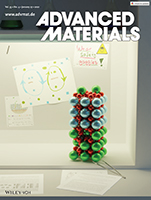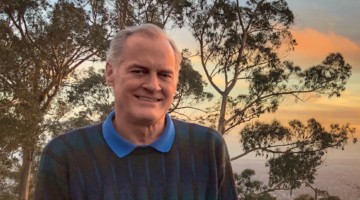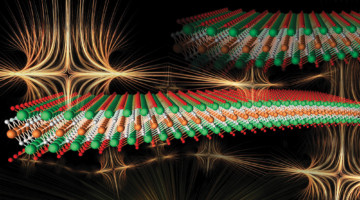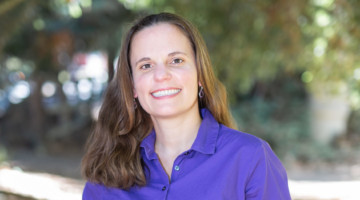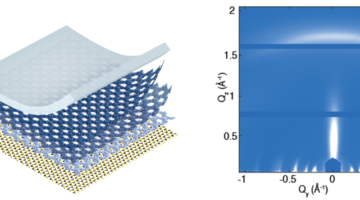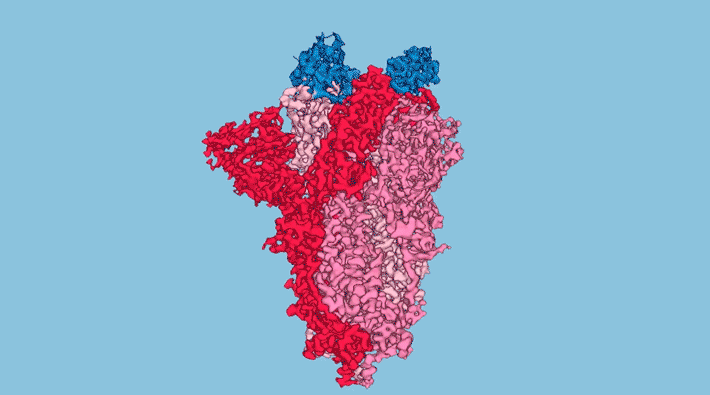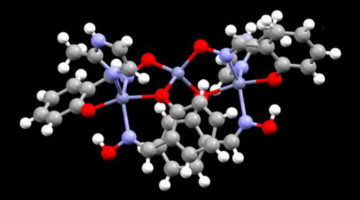Researchers identified how ion and electron transfer naturally balance at the LaAlO3/SrTiO3 oxide heterointerface, affecting the band alignment and magnetic signature of the interface. The results show that Sr ions are more mobile at the interface than in the bulk, implicating a high importance of ionic charge transfer in oxide heterostructures. Read more »
All News & Updates
Materials from Town Hall on Shutdown Schedules Now Available
On January 26, the ALS held a town hall on the schedule for upcoming long shutdowns. The event provided up-to-date information on the schedule, explained the motivations behind decisions, and discussed principles and strategies for future decision-making. Slides and a recording from the event, as well as an FAQs document, are posted to the ALS website. Read more »
2021 Update from ALS Director Steve Kevan
Steve Kevan reflects on the resilience of the ALS community over the past year and the progress we’ve continued to make, from timely COVID research to remote access on a variety of beamlines. As we look to the future, the continued efforts of the whole team will set us up for impactful science during and after the ALS Upgrade Project. Read more »
2D MXene Shows Evidence of a Magnetic Transition
A variety of experiments, including ALS x-ray studies, provided direct evidence of a magnetic transition in a 2D compound called a MXene (pronounced “maxene”). The finding adds new functionality to a family of materials with numerous ways to fine-tune properties for applications ranging from spintronic devices to electromagnetic shielding. Read more »![]()
![]()
M. Zahid Hasan Honored with DOE’s Prestigious Lawrence Award
The U.S. Department of Energy honored Hasan for “experiments using advanced spin-angle-resolved photoemission spectroscopy which led to seminal discoveries of new phases of matter and new fermionic quasiparticles.” Hasan is a longtime ALS user and a pioneer in the field of topological materials. Read more »
Johanna Nelson Weker, Users’ Executive Committee Chair
This year’s Users’ Executive Committee chair first used synchrotrons as a grad student and loved the experience so much she eventually became a beamline scientist at SSRL. She’s excited to work closely with the user community during the ALS Upgrade and is well versed in post-beamtime food options in Berkeley. Read more »
New ALS Mission Statement and Core Values
The ALS has refreshed its mission statement and established a set of core values. Developed through a collaborative process led by the ALS Inclusion, Diversity, Equity, and Accountability Committee, the mission and values will guide ALS strategy and practices and shape our working environment and culture for staff, users, and other visitors who are part of our community. Read more »
Stacking the Deck for Custom-Built Hybrid Materials
Researchers fabricated an electronically coupled heterostructure from a novel semiconducting 2D polymer and a 2D transition metal dichalcogenide. Dramatic optical and electronic changes emerged as polymer thickness decreased, underscoring the potential for the discovery of emergent phenomena in studies of hybrid heterostructures. Read more »
Inhalable COVID-19 Protection via Synthetic Nanobodies
Protein structures obtained in part at the ALS helped researchers to increase the potency of simplified antibodies (nanobodies) designed to neutralize SARS-CoV-2. Stable enough to be used in inhalers or nasal sprays, the nanobodies offer a new option, aside from injected vaccines, for COVID-19 prevention and treatment. Read more »![]()
![]()
Molecular Complex Removes Copper Ions from Water
X-ray analyses provided key insights into the copper uptake mechanisms in a new organic-inorganic hybrid material that quickly and selectively removes copper ions from water. The material provides an efficient tool for copper remediation as well as a blueprint for creating other hybrid materials for removing toxic metals from water. Read more »![]()
![]()
- « Previous Page
- 1
- …
- 56
- 57
- 58
- 59
- 60
- …
- 139
- Next Page »
